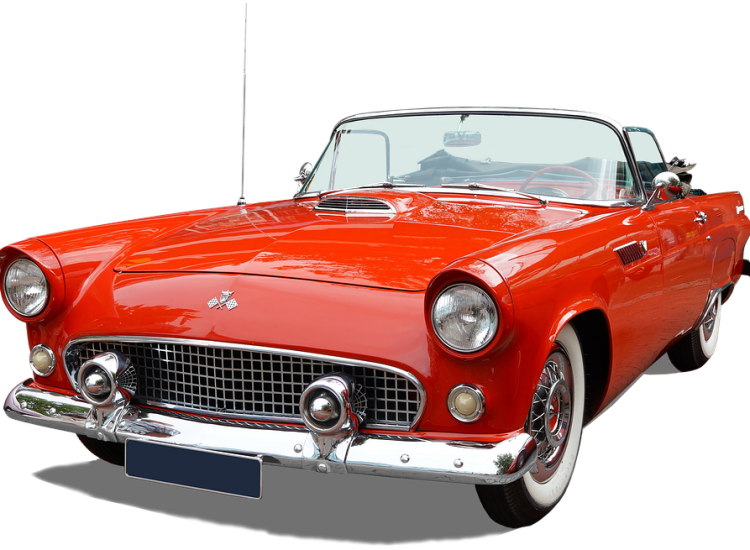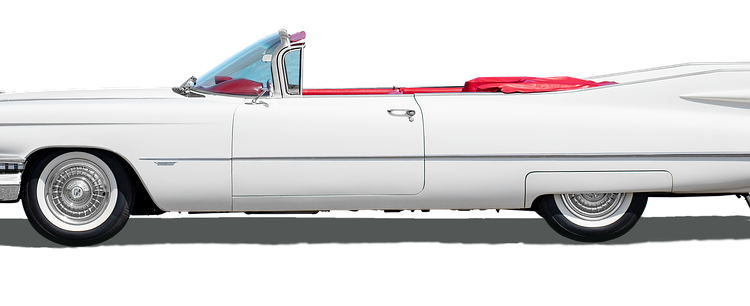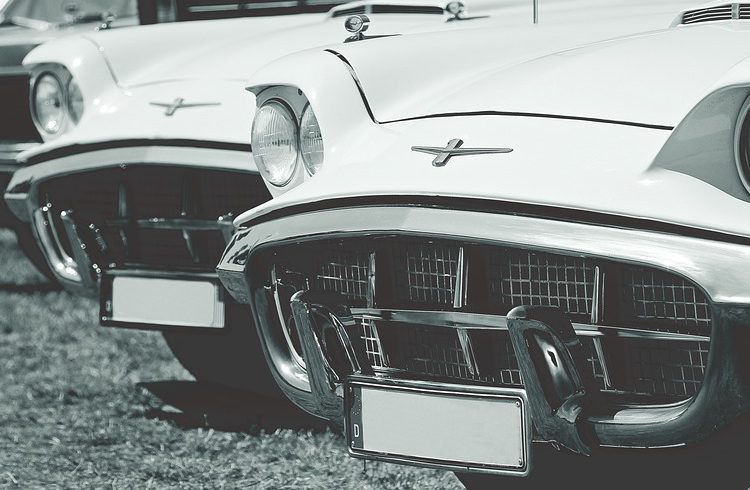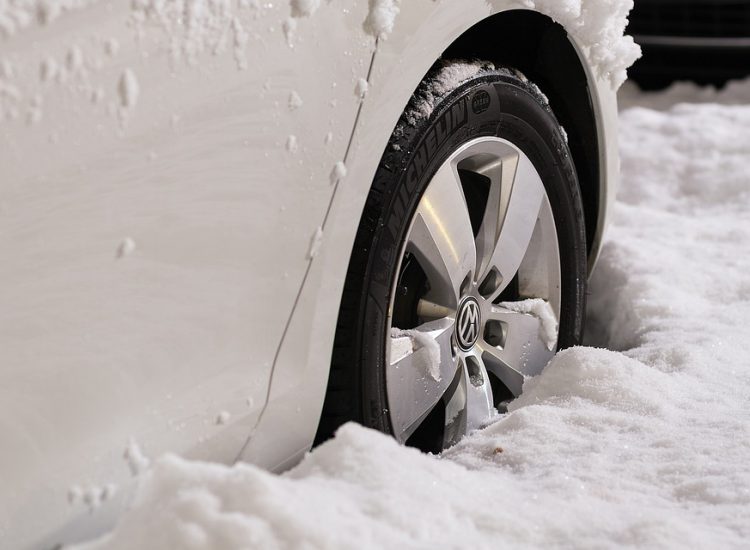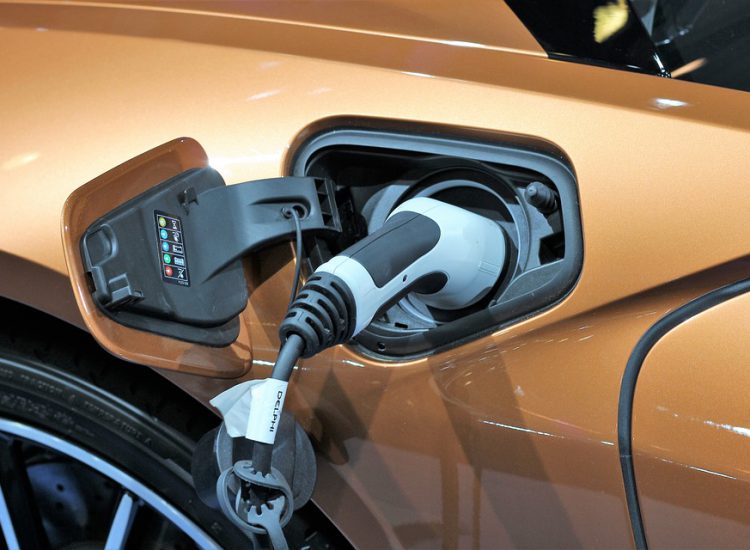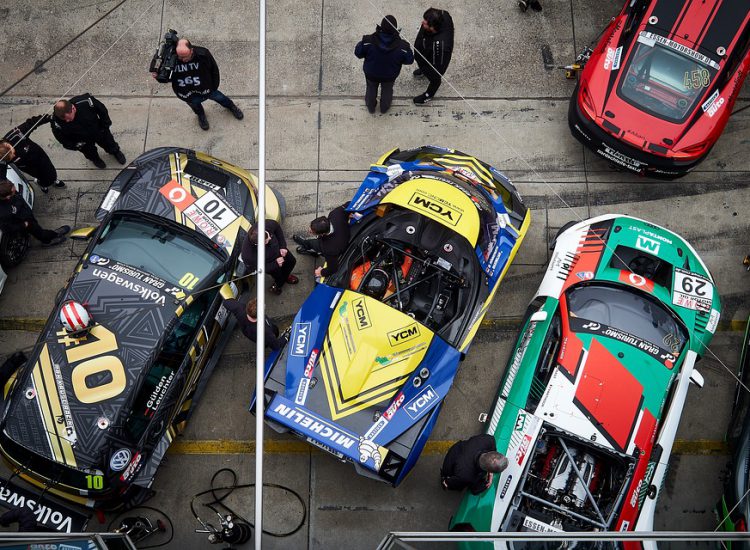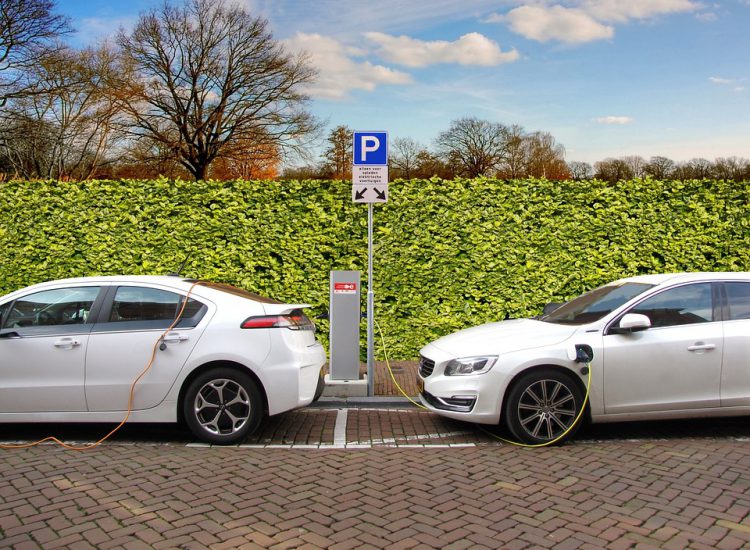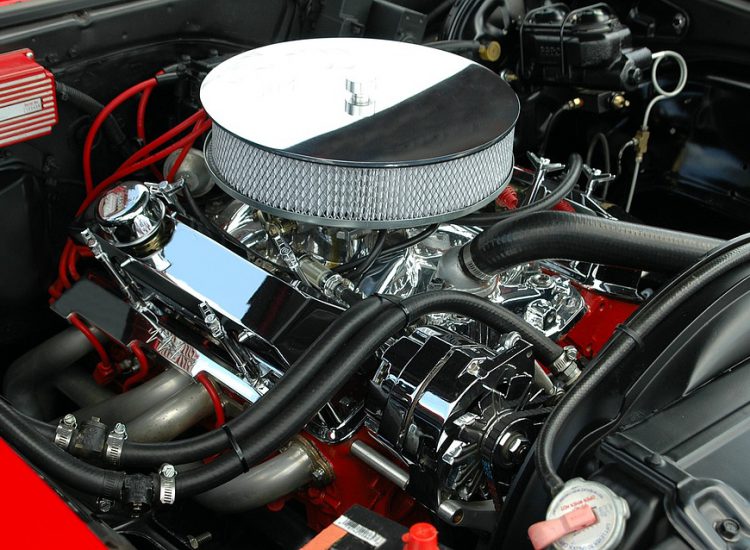As a result of the economic downturn, buying a used car comes as a very beneficial decision that is sure to fulfill your desire to own a car without going over your budget. From brand new to used models, the pre-owned car segment has plenty of options to offer. However, you need to exercise due caution before choosing a used car. For families planning to invest in any used car, here are some suggestions on the basic procedure you should follow.
Step 1: Once you have decided to buy used cars, you need to start exploring the different options. This procedure also includes the physical analysis of each model to ensure it fits your requirements. During the physical inspection, we highly recommend that you inspect every nook and cranny of the vehicle you plan to purchase.
Step 2: Check the engine for defects. Mistakes in the overall aesthetic can still be avoided. However, if there are engine issues, you shouldn’t invest in a specific model. Engine inspection should be performed by expert mechanics who are well versed in the model and its internal components.
Step 3: Even when buying a used car, make sure the model is still popular and in production. This ensures that even if there is a problem with your vehicle, you will not have difficulties locating parts and accessories to manage repairs.
Step 4: Always contact a reputable used car dealer. Avoid buying from small used car salesmen who camp only once a year. These people are not reliable at all and in the unfortunate event of a problem it becomes a daunting task to go after the dealer.
Step 5: Don’t forget to check reviews for the model of the used car you plan to buy. These reviews give you a fair idea of the vehicle’s efficiency allowing you to make an accurate buying decision. With a great internet connection, you can easily log onto internet portals to check out reviews from the comfort of your own home.
Step 6: Before making your purchase, we strongly recommend that you ensure that all documents and paperwork for the model of used vehicle you plan to purchase are in correct order. In fact, hold off on paying the lump sum until you’ve checked every paperwork for the car’s ownership.

